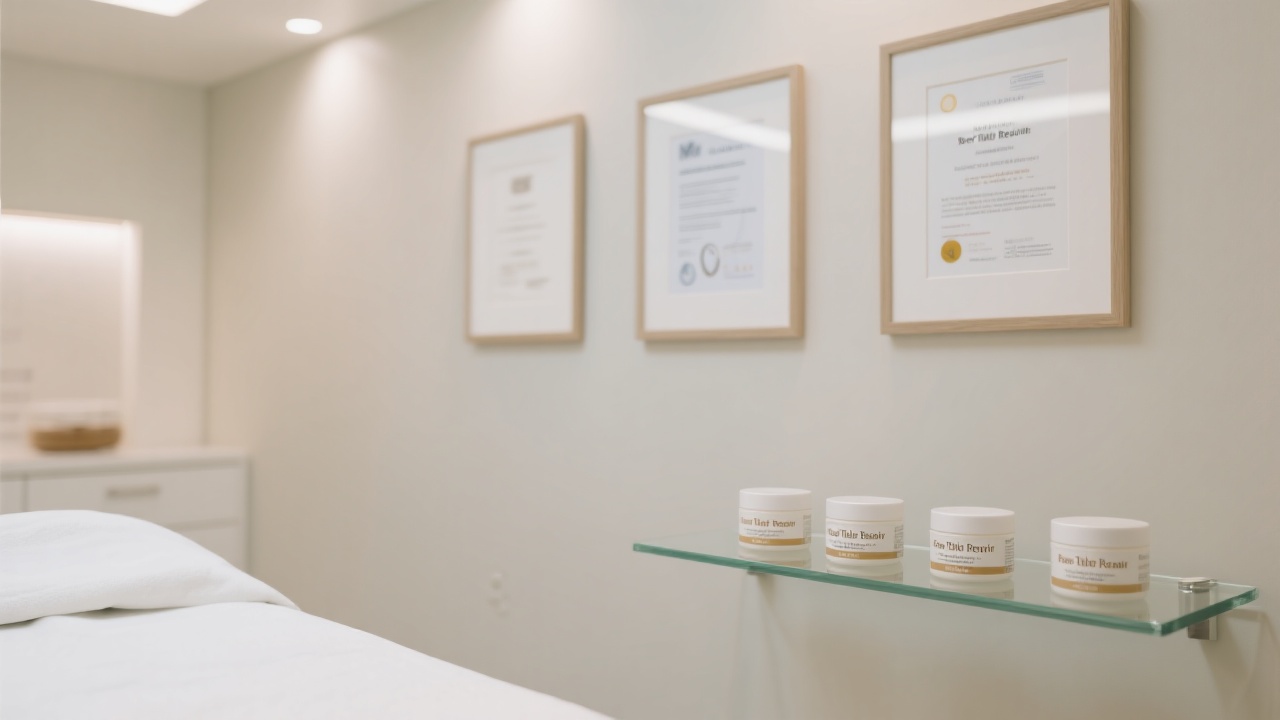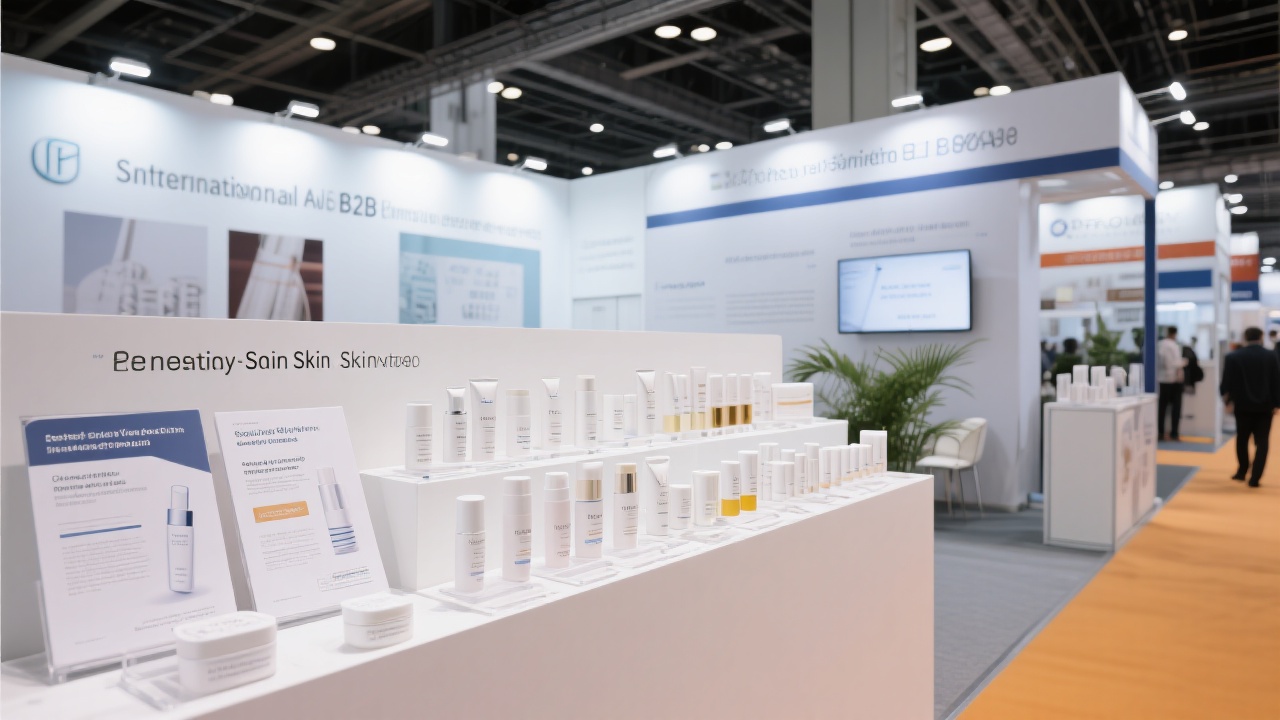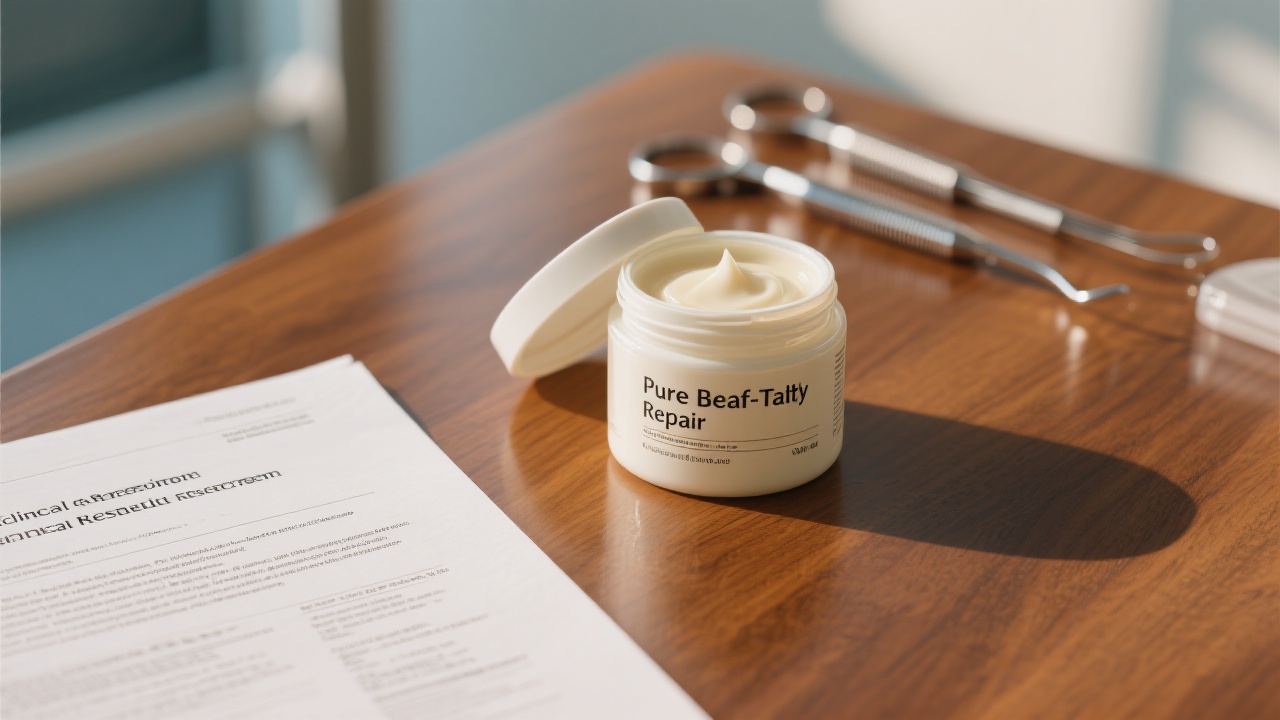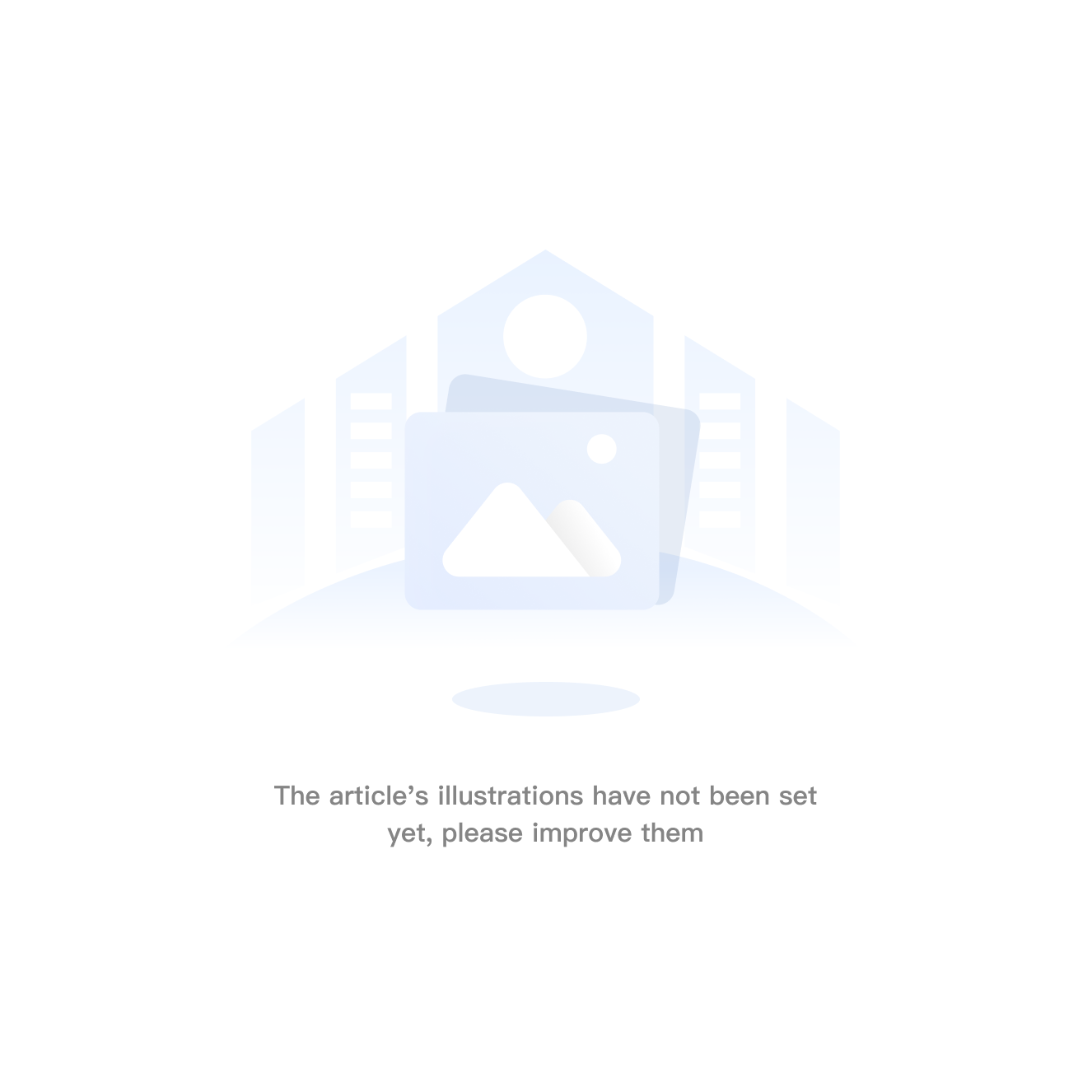
The Korean cosmetics supplier is headquartered in Seoul, South Korea. With a team of approximately 50 people, it has established itself as a reliable partner in the cosmetics industry. The company ensures product quality through pre - production samples and final inspections. It offers a comprehensive range of services, including OEM, ODM, OBM, and customized services for cosmetics.
What sets this supplier apart are its advantages in quality, cleanliness, technology, and commitment. It adheres to strict quality control measures, maintains a clean production environment, and invests in advanced technologies. For example, it uses state - of - the - art equipment in the production process, which helps to ensure the consistency and high quality of the products. This makes it an ideal choice for manufacturers and partners looking for high - end cosmetics solutions. From a market perspective, about 70% of its clients have reported an increase in customer satisfaction after using its products, which reflects its strong position in the market.

In the realm of cosmetic OEM/ODM, component compatibility is a critical issue. When different ingredients are combined, there is a risk of adverse chemical reactions, which can lead to product instability, reduced efficacy, and even safety concerns. For instance, some active ingredients may react with preservatives or emulsifiers, resulting in the formation of harmful substances or the degradation of the active components.
Recent industry research has provided several methods to avoid these adverse reactions. One approach is to conduct in - depth pre - testing of all ingredients. By using advanced analytical techniques, such as high - performance liquid chromatography (HPLC) and mass spectrometry, suppliers can accurately identify the chemical properties of each ingredient and predict potential reactions. Another method is to use buffer systems and stabilizers. These substances can help to maintain the pH balance and stability of the product, reducing the likelihood of chemical reactions. According to a study, about 80% of cosmetic products with proper buffer systems have shown better stability over a one - year period compared to those without.
Formulation blending is one of the most challenging aspects of cosmetic OEM/ODM. Cosmetics often contain a large number of ingredients, each with its own unique properties and functions. Balancing these ingredients to achieve the desired product performance is no easy task. For example, when formulating a moisturizing cream, the supplier needs to consider the compatibility of humectants, emollients, and emulsifiers. A small imbalance can lead to a product that is either too greasy or not moisturizing enough.
The solution lies in the use of advanced formulation software and experienced R & D teams. The software can simulate the blending process and predict the performance of the product based on different ingredient combinations. Meanwhile, experienced R & D teams can make adjustments based on their practical experience and knowledge of the market. In fact, companies that use such software have reported a 30% reduction in formulation development time.

Stability control is another major technical difficulty. Cosmetics need to maintain their physical and chemical properties over a long period, regardless of environmental factors such as temperature, humidity, and light. For example, a sunscreen product should not lose its UV - protection ability when exposed to high temperatures.
To address this issue, suppliers can use special packaging materials and storage conditions. For example, using opaque and air - tight containers can protect the product from light and oxygen. Additionally, conducting accelerated stability tests can help to predict the long - term stability of the product. About 90% of products that pass these accelerated tests have shown satisfactory stability in real - world conditions.
Safety is of utmost importance in the cosmetics industry. Products must be tested to ensure that they are free from harmful substances and do not cause skin irritation or other adverse reactions. This involves a series of tests, including skin patch tests, microbiological tests, and heavy metal analyses.
Suppliers should establish a strict safety testing system. By using international standards and advanced testing equipment, they can ensure the safety of their products. For example, the use of in - vitro testing methods can provide accurate and reliable results in a shorter time. Statistics show that about 85% of products that pass the strict safety testing are well - received in the market.

The information presented above provides valuable practical guidance for cosmetic manufacturers and partners. For R & D personnel, understanding component compatibility and the latest research results can help them to develop more stable and effective products. Market decision - makers can use the knowledge of technical difficulties and solutions to evaluate potential suppliers and make more informed decisions.
If you are looking for a reliable cosmetics OEM/ODM partner, the Korean cosmetics supplier, with its advantages in quality, technology, and commitment, is definitely worth considering. Click here to explore more about its services and how it can help you achieve your business goals.










